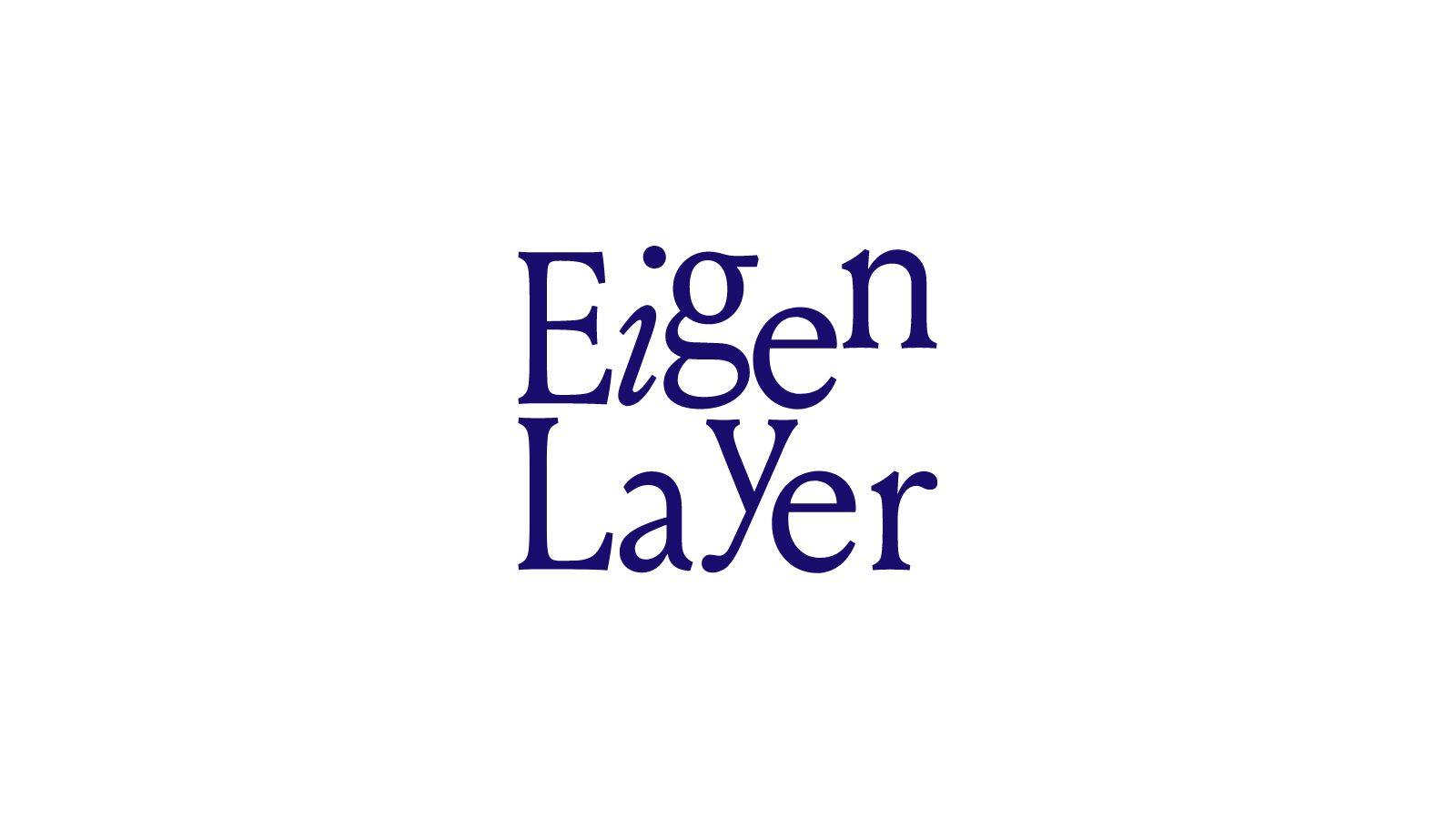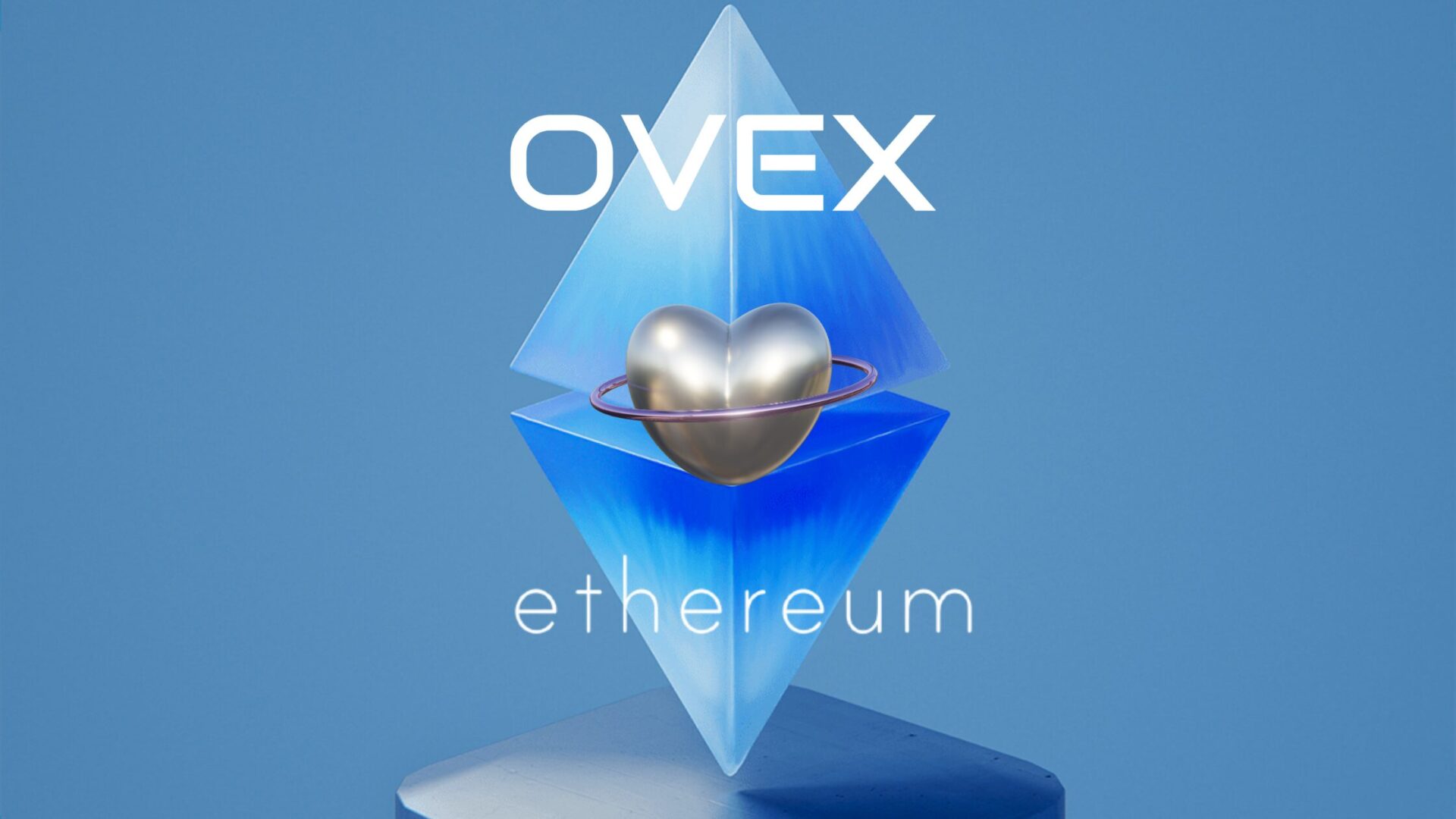
EigenLayer is an Ethereum restaking protocol that acts as a platform to commoditise Ethereum’s security. In other words it is a marketplace where protocols can ‘buy’ security from Ethereum validators.
Restaking in and of itself is a fairly new concept introduced by the team at EigenLayer. Restaking essentially allows staked ETH (used in securing Ethereum) to also secure other networks, while giving Ethereum stakers additional yield on top of their legacy ETH staking rewards. This article briefly breaks down EigenLayer use-cases and why this protocol received much attention from the DeFi community – becoming the most touted cryptocurrency project of 2023.
The Ethereum Virtual Machine (EVM) enables dApps to build on top of Ethereum permissionlessly — while also allowing dApps to leverage the underlying security of Ethereum itself. With this, developers were able to focus on building innovative dApps — rather than building their own trust networks. Ethereum secures the network – and all the dApps have to do is focus on creating utility for their users.
Ethereum secures their network through a (Proof of Stake) validator system. The validator system works by using the ETH tokens which are staked on the network to confirm transactions and thereby secure the network. To run a validator system, a minimum of 32 ETH is required. This results in an inefficiency of capital in that the staker does not have access to use their tokens once staked. What is more the 32 ETH minimum meant barriers to entry were high for the average crypto user. Enter Liquid Staking. The idea is you give your small amount of ETH to a liquid staking protocol like Lido who pool these funds and stake them through their own validators. In return users receive a 1:1 liquid version of their ETH (aka stETH) which can then traded, sold, or used in other DeFi protocols, providing liquidity to the staker even while their original ETH remains locked.
Restaking takes this process to an entirely new level. In the Liquid Staking scenario the staker is merely able to hop over the barriers to entry typical of being an ETH validator, access a liquid version of their locked ETH and in the process contribute to Ethereum’s core security. But what about other platforms and chains that want to adopt Ethereum’s security? Enter Restaking.
This mechanism enables staked ETH used in securing Ethereum to be repurposed (not too dissimilar to Lido’s stETH) to also secure other networks, while simultaneously giving Ethereum stakers additional yield on top of their nascent ETH staking rewards. The EigenLayer is the smart contract that commoditises the legacy ETH staked and in the process creates a whole new security layer. These new security layers are essentially restaked sidechains where ETH restakers can participate in new consensus protocols.
EigenLayer recently caught the market’s attention with their Series A $50 million raise, led by Blockchain Capital and attracting prominent investors including Polychain Capital, Electric Capital, Coinbase Ventures and Ethereal Ventures. EigenLayer’s use cases are focused on middleware — these include projects like oracles, data availability layers, bridges and decentralized sequencers. These find it costly to foster native security – so why not buy this security from EigenLayer?
Being able to share Etheruem’s security and trust may drive many innovations in crypto as developers focus more on innovation instead of security mechanics just to keep their chain or service alive. EigenLayer ensures Ethereum is not only the settlement layer but now also the security layer.













